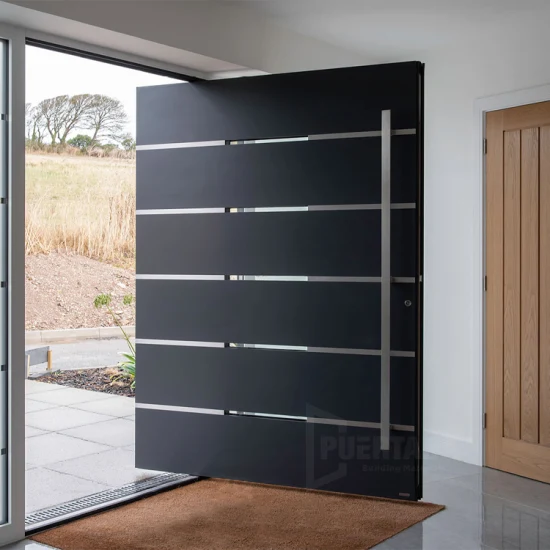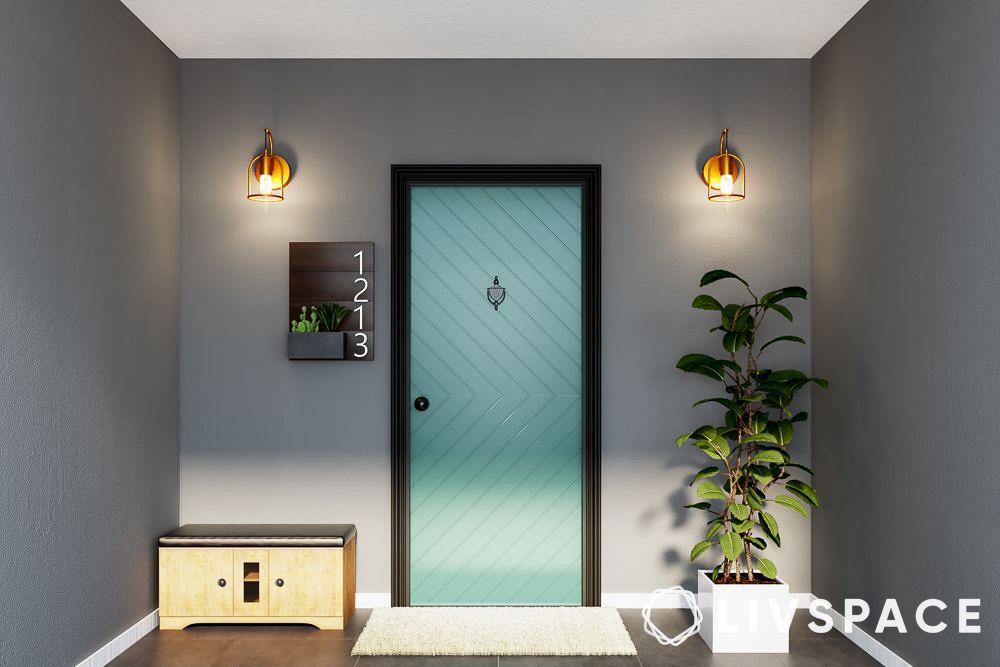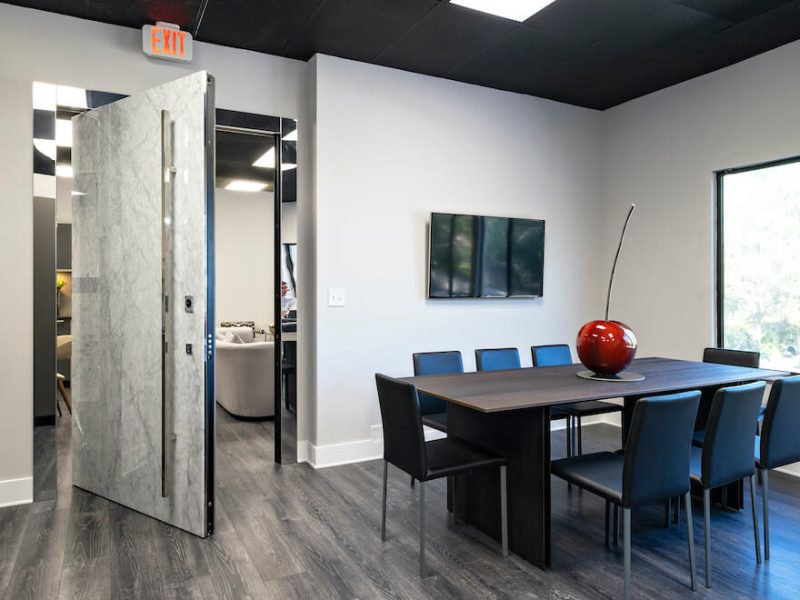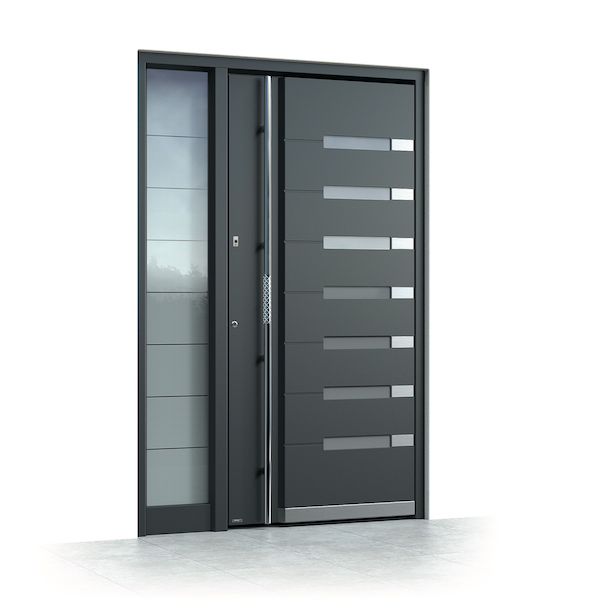Thermal bridging is a critical issue in building design, particularly around window installations. It occurs when materials that conduct heat by resource pass the thermal insulation in a building’s envelope, leading to energy loss and discomfort in indoor environments.
Understanding Thermal Bridging
Thermal bridging around windows happens due to the use of conductive materials and improper installation techniques. Common materials involved include metal window frames and concrete.
Problems Caused by Thermal Bridging
-
- Energy Efficiency and Heat Loss: Thermal bridges can significantly increase heat loss, reducing the energy efficiency of a building.
- Cold Spots and Discomfort: Areas around windows can become noticeably colder, affecting the comfort of occupants.
- Condensation and Mold: Increased moisture can lead to mold growth and structural damage due to condensation.
Assessment Techniques
Identifying thermal bridges involves visual inspections and tools like thermal imaging cameras, which help detect areas where heat is being lost.
Prevention Strategies for New Installations
Designing to minimize thermal bridges involves:
- Material Selection: Choosing materials with low thermal conductivity.
- Installation Techniques: Ensuring that windows are installed with proper alignment and insulation.
Improvement Techniques for Existing Windows
For existing structures, retrofitting is a common approach:
- Insulation Additions: Adding insulating materials around window frames.
- Sealing Gaps: Using sealants to fill any gaps that might allow air leakage.
Advanced Solutions and Materials
Innovative solutions include:
-
- Thermal Breaks: Installing barriers in the window assembly to prevent direct heat transfer.
- High-Performance Glazing: Using double or triple-glazed windows to enhance insulation.

Case Studies
Several case studies demonstrate the effectiveness of interventions in both residential and commercial settings, showing improvements in energy usage and occupant comfort.
Regulations and Standards
Building codes increasingly require measures to address thermal bridging, influencing how windows must be installed to comply with energy efficiency standards.
Conclusion
Thermal bridging around windows is a significant issue that affects building performance and occupant comfort. Addressing it through careful design, appropriate materials, and proper installation techniques is essential for modern construction and retrofit projects.

Hello and welcome! I’m Michael Liebe, the proud founder of EveryDetail Installations. With over 15 years of hands-on experience in the door and window installation industry, I’ve dedicated my career to tackling the intricate challenges of custom installations, ensuring each project not only meets but exceeds the highest standards of functionality, style, and energy efficiency.



